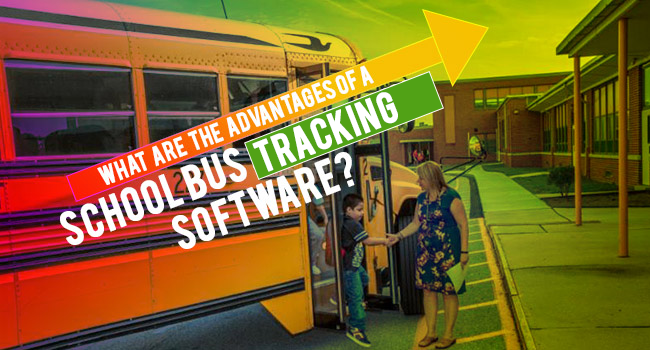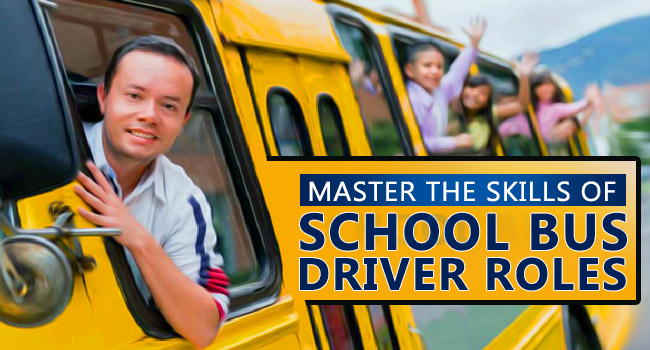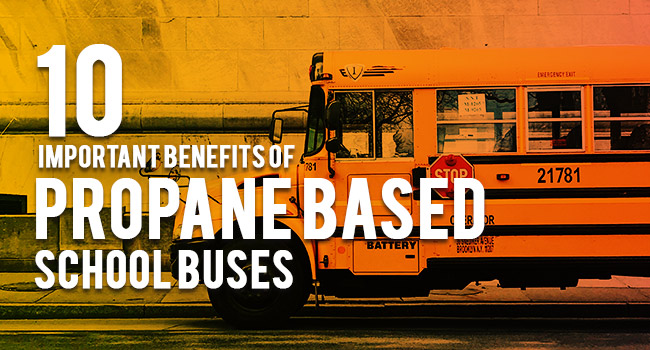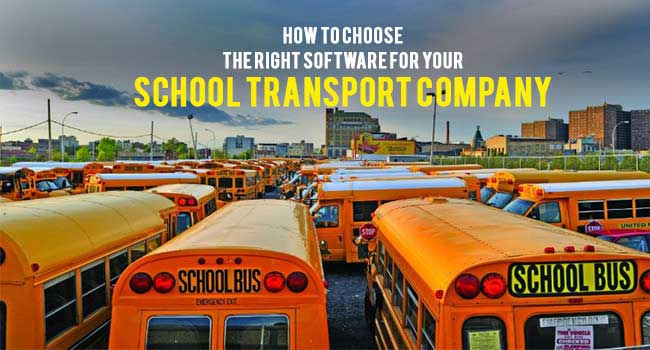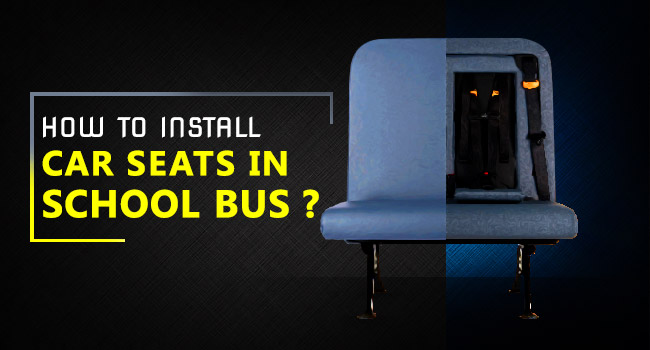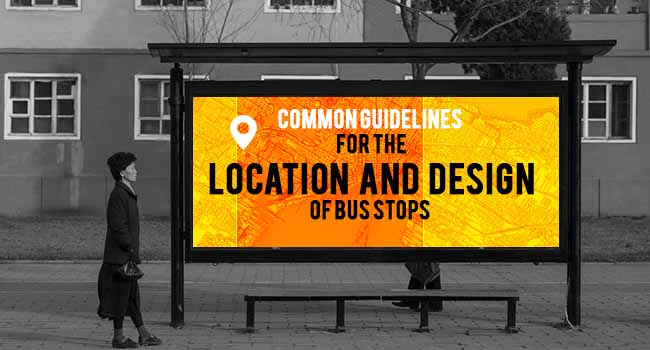The number of pre-school age children traveling in cars and school buses is increasing resulting in the requirement for several child care programs.
Just as these little ones need proper security in other vehicles, they need Child Safety Restraint Systems (CSRS) in school buses as well.
The use of Child Safety Restraint Systems including car seats and seat belts has been in debate for quite some time now. If installed properly, these systems keep small children restrained in their seats.
Children must appropriately be tied to their seats so that they are comfortable and safe when traveling to and from school. Certain cars and school buses have factory installed safety restraint systems while others can get them added at a later time.
So, when and why do you think would you need to get safety restraint systems installed on your school bus or car?
Must Read
The Concerns
Some people oppose the use of safety restraints and there are some valid reasons behind this opposition. The number one reason is injuries from improperly fastened restraints and emergency evacuations.
Furthermore, a concern has been raised with respect to the extra load that is placed on seats with restraints, thereby hampering their performance in situations of a crash.
While these concerns are of value, many districts and states are encouraging the installation of restraint systems on all school buses that transport small children.
Guidelines You Need to Know
The following section helps you to understand how you can correctly secure pre-school children with CSRS and certain other guidelines vital for their proper usage.
There are some basic rules for using CSRS and most of the school authorities make common mistakes that can later lead to accidents and mishaps.
1. The right use of CSRS depends on the child. A child weighing up to 20 lbs and 1 year of age should be rear-facing. When the child weighs over 20 lbs, he/she must be forward-facing.
This makes a lot of difference to the child’s comfort as well as their protection. Remember to go through the weight limits mentioned by the manufacturer to be sure of the correct usage.
2. Check the user manual to ensure that installation of the restraint systems is perfect.
The seat must not move for more than 1 inch when pushed sideways or forward. It should be well fastened and gripped with the vehicle’s seat.
3. The harness straps must be secured in the right slots. If it is a rear-facing restraint system, use the lower or below the shoulder slots.
If it is a forward-facing system, slots are generally at the top or above the shoulders.
The harness strap must not be left loose or twisted. It must not be tied. It must lie flat and adjusted in a manner that only one finger can be inserted between the child’s chest and the straps.
Read Also
4. An infant must ride rear-facing and semi-reclined. This could be at an angle of approximately 45 degrees from horizontal. The incline is essential to support the head, neck, and back.
Use a tightly rolled towel or a firm foam noodle to give it the right tilt needed for the infant to keep their head comfortably.
Please note that such an inclination also helps the toddler to sleep without losing out on breath or choking.
5. If the belts are too long, adding knots to them to make them shorter is unacceptable. Twisting is also not a good idea since lap belts make all the difference in securing your child to the seat.
The lap belt must be the right length, which means that it should rest off the frame of the child’s seat allowing it to remain tight and fastened.
6. The harness-retainer clip, if at all there on your car seat, must be at the level of the child’s armpit. In case the clip is in the wrong place, chances that the strap can slide off are high.
The clip and harness strap slots must be thoroughly checked after placing your child for maximum security and protection.
7. According to research, the incorrect installation of the child safety restraint system is quite common.
This is because car owners and school bus owners try to finish the task without taking all kinds of precautions and corrective measures.
Installation must be done with precision following the instructions of the user manual.
In fact, it is a good idea to visit a local car-seat inspection site and get the installation checked before placing your infant or child in the seat.
If you face any challenges with respect to the installation, you can reach out to the car seat manufacturer or take assistance from a local workshop.
Installation tutorial videos are also available online to help you with the right procedure.
Apart from the above-mentioned guidelines, it is important to know and check height restrictions for the car seat you use.
A child’s head needs to be at least one inch below the top of the car seat’s shell.
Additionally, remember not to install the car seat or booster in the front seat. Your child must be at least 13 years of age before they can start riding on the front seat.
Child Safety Restraint Systems become extremely vital when transporting special need children and very young children such as preschoolers.

